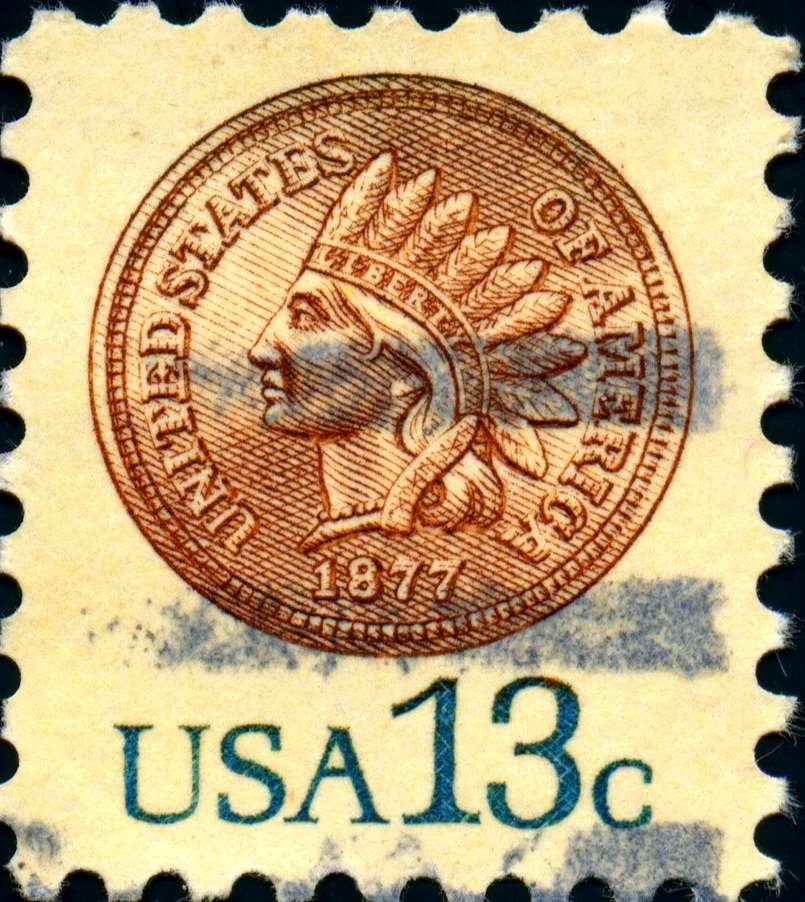Want to learn more about Indian head nickels? Read on to find out about this historical coin and why Indian head nickels are considered to be a collector’s prized possessions…
The Indian head nickel is one of the all-time classic collector’s coins. It is popular as the buffalo nickel because it bears the image of a bison on its reverse side. The original Indian head nickel was a five cent piece officially circulated in the United States of America from 1913 to 1938.
History of the Indian Head Nickel
The man responsible for designing the classic coin was James Earle Fraser. The official liberty head nickel for the United States had been designed by Charles E. Barber back in 1883. However President Theodore Roosevelt took office in the early 1900s and he decided to initiate a change in the designs of the official coins used in the United States.
In the president’s opinion the coins that were being used up till now were poorly designed and rather than being aesthetically appealing they had a somewhat repulsive design. President Roosevelt was quick to replace the old double eagle design on the official coin with a new design developed by Augustus Saint Gaudens. Soon afterwards the president commissioned James Earle Fraser to develop a design for the new nickel.
Fraser developed a unique design featuring the head profile of a Native American. This graphic was to appear on both sides of the coin. The composite portrait of the Native Americans was constituted of Iron Tail, Ogala and the historical Sioux Chief. The graphics also featured two moons, the big tree and a Cheyenne chief along with a Kiowa chief.
The reverse side of the coin featured an image of a buffalo which belonged to the American bison breed. There are reasons to believe that the particular American bison featured on the Indian head nickel was the Black Diamond, a captive of the Central Park zoo.
Changes in Design
Problems with the design came to the forefront as soon as the coin went into circulation. It was observed that the reverse design had the inscription of “five cents” at a relatively high level. This made it prone to wear away quickly. In order to correct this problem Charles Barbar was commissioned to make the changes.
The raised mound was one of the first elements of the design to be removed. Along with this the inscription was also lowered which helped to prevent the quick wearing of these elements of design. A few other changes were also made along with the above-mentioned ones.
Although the changes helped to improve the functionality of the coin one major fault was left unattended. This was mainly the issue of the placement of the date. The date was still on an elevated place which kept it exposed to wear and tear.
Ironically this particular issue was never resolved by the minting facility. This is why you will find many Indian head nickels that have their date inscription either partly or completely worn off because of extensive circulation.





